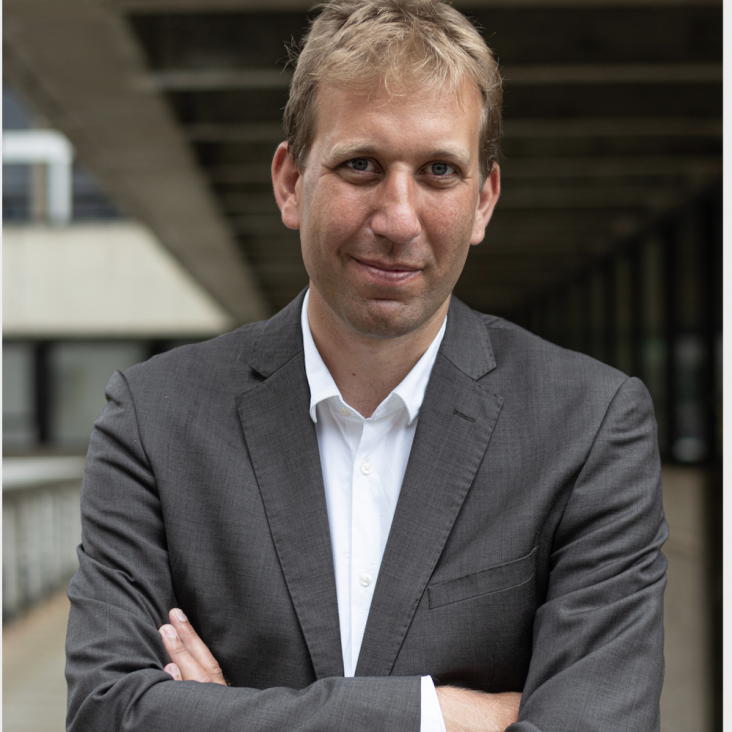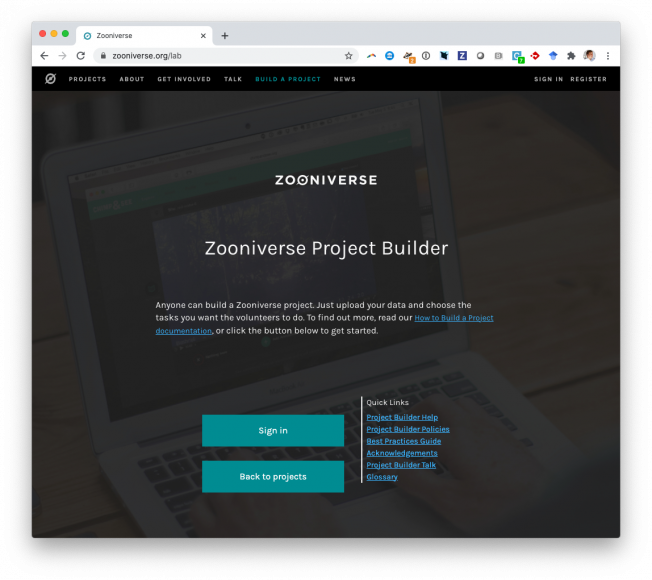The Galactic Interstellar Object Population: A Framework for Prediction and Inference
The Astronomical Journal American Astronomical Society 166:6 (2023) 241
Galaxy Zoo DESI: Detailed morphology measurements for 8.7M galaxies in the DESI Legacy Imaging Surveys
Monthly Notices of the Royal Astronomical Society Oxford University Press (OUP) 526:3 (2023) 4768-4786
Signatures of feedback in the spectacular extended emission region of NGC 5972
Monthly Notices of the Royal Astronomical Society Oxford University Press (OUP) 526:3 (2023) 4174-4191
The Galactic Interstellar Object Population: A Framework for Prediction and Inference
(2023)
Bursts from Space: MeerKAT – the first citizen science project dedicated to commensal radio transients
Monthly Notices of the Royal Astronomical Society Oxford University Press 523:2 (2023) 2219-2235



